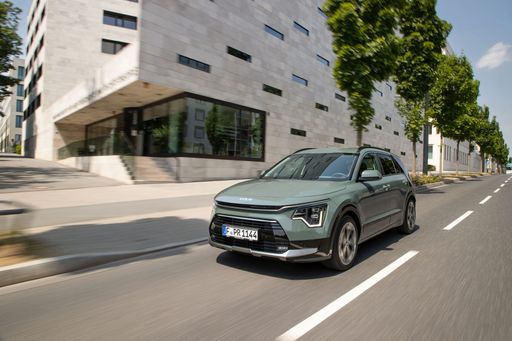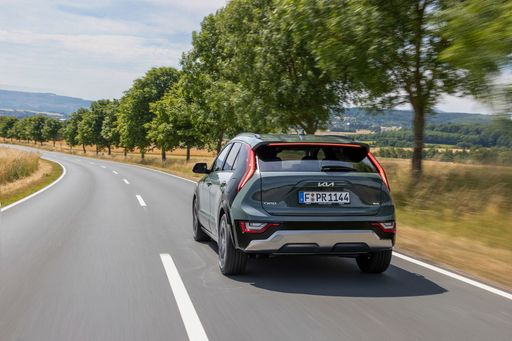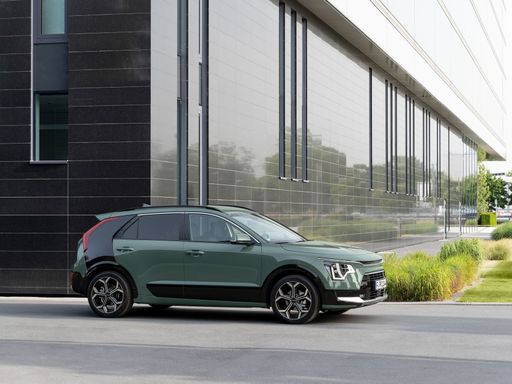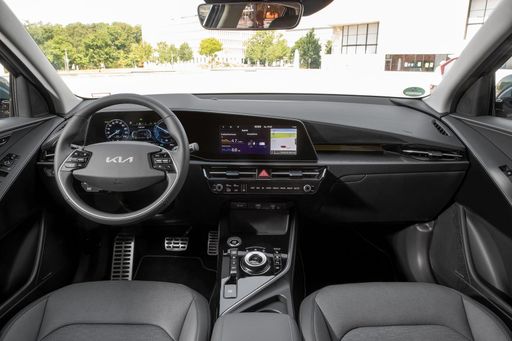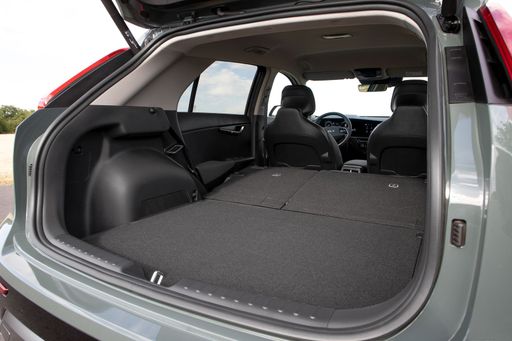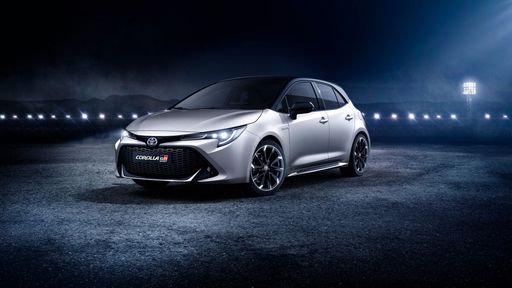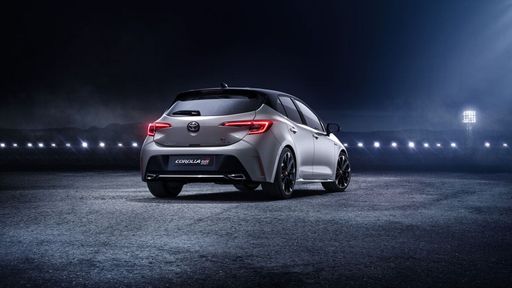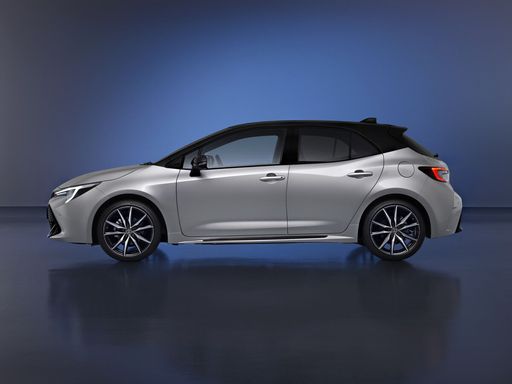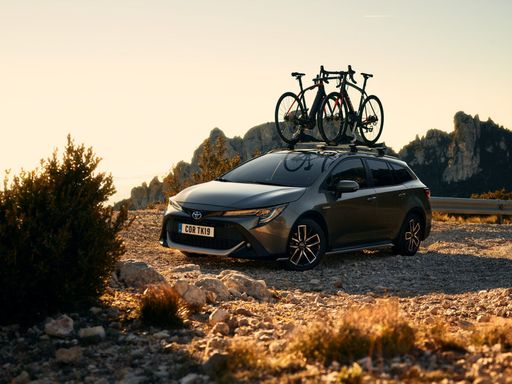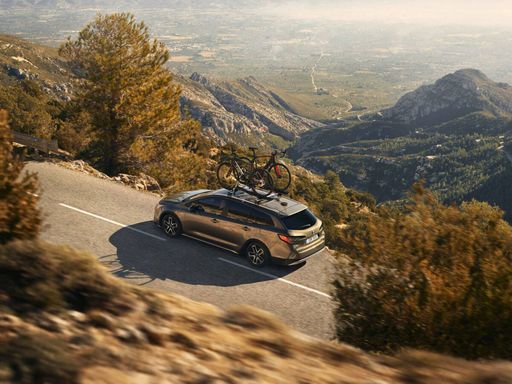Comparing Competitors: Kia Niro vs. Toyota Corolla
The compact SUV segment is heating up, and two notable contenders are making waves: the Kia Niro and the Toyota Corolla. As consumers seek efficiency and innovation, it's essential to dive into the technical aspects and innovations of these models to see how they stack up against each other.

